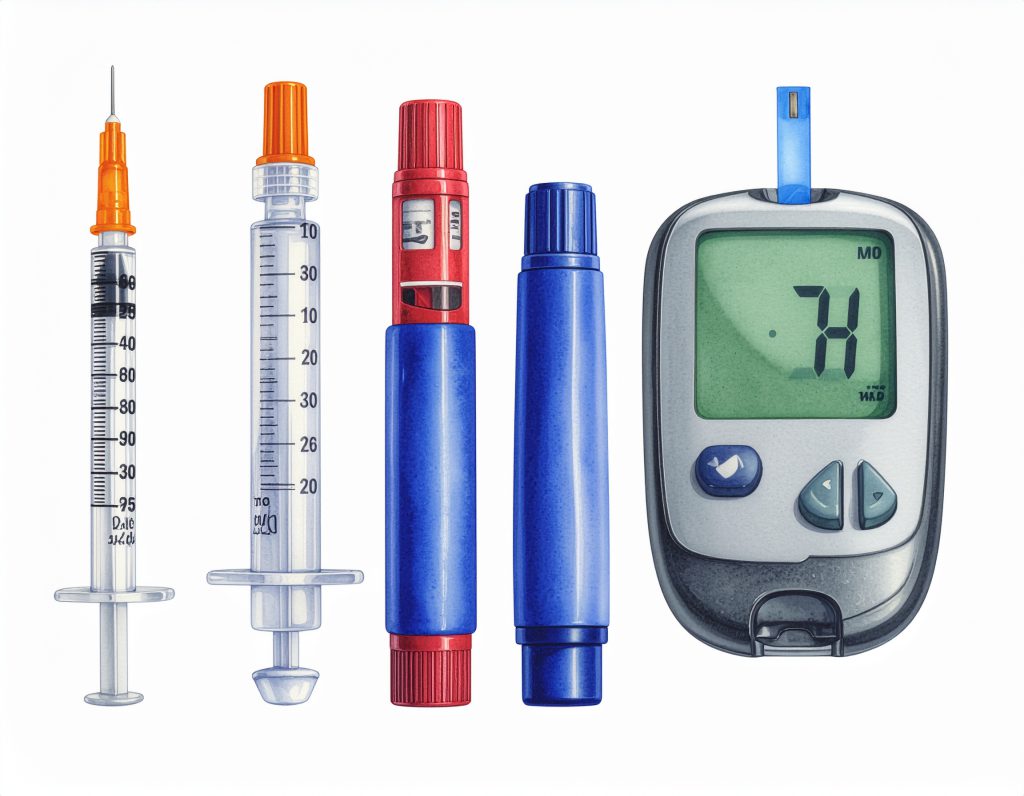As the year winds down, we find ourselves balancing competing demands—final projects, student needs, family obligations, and the emotional intensity that often accompanies the holiday season. December offers a unique opportunity to intentionally cultivate a sense of community through kindness and restorative connection. These practices are not simply “feel-good” additions to the workplace; they meaningfully support emotional well-being, collaboration, and resilience.
Kindness Impacts Mood and Stress Regulation
Kindness, whether expressed through words, small actions, or recognition, has a measurable impact on mood and stress regulation. Research shows that engaging in or receiving small acts of kindness activates areas of the brain associated with reward and bonding, increasing feelings of social connection and reducing stress responses (Curry et al., 2018). In a higher-education environment—where workloads fluctuate dramatically depending on the point in the academic calendar—a culture that encourages kindness can act as a buffer against burnout and isolation.
The Benefits of Restorative Connection
Restorative connection builds upon these benefits by emphasizing intentional, relationship-centered interactions. This concept stems from restorative practices, which prioritize empathy, understanding, and meaningful dialogue. In the workplace, restorative connection may look like taking a few moments to check in with a colleague, offering appreciation for their work, or creating space for employees to share thoughts and challenges without judgment. Even brief interactions grounded in empathy and acknowledgment strengthen team cohesion and psychological safety—two elements closely linked to our satisfaction and likelihood of remaining engaged within our work community (Edmondson, 2019).
Use Holiday Season to Prioritize Restorative Connections
The end of the year is an ideal time to prioritize these practices because people naturally begin reflecting on their experiences, accomplishments, and difficulties. Kindness and restorative connection invite a sense of shared humanity, reminding us that we are part of a supportive community rather than facing challenges alone. This can be especially meaningful in a small liberal arts college environment where collaboration and connection directly influence the overall campus culture.
Practical Tips for the Workplace
Practical ways to cultivate community kindness and restorative connection in December include:
- • Expressing appreciation for a colleague’s work, even in small ways. (Consider sending a Kudos!)
- Checking in with coworkers who appear overwhelmed or unusually quiet.
- Offering help during end-of-year deadlines or heavy student-service periods.
- Sharing positive feedback from students or other departments.
- Participating in voluntary community events, such as gratitude walls, small cards of encouragement, or wellness events.
These actions not only benefit others but also support the giver. Research indicates that practicing kindness increases personal well-being, enhances mood, and strengthens overall life satisfaction (Aknin et al., 2020). When woven into our workplace culture, this becomes a shared cycle of support and encouragement.
Conclusion
Ultimately, community kindness and restorative connection remind us that wellness is not solely an individual undertaking. It is also a collective practice that sustains teams, strengthens relationships, and fosters a healthier, more compassionate work environment. As we close the year, choosing kindness becomes an intentional act of care—both for ourselves and for the people we work alongside each day.
References
- Aknin, L. B., Whillans, A. V., Norton, M. I., & Dunn, E. W. (2020). Happiness and prosocial behavior: An evaluation of the evidence. World Happiness Report, 2020, 97–112.
- Curry, O. S., Rowland, L. A., Van Lissa, C. J., Zlotowitz, S., McAlaney, J., & Whitehouse, H. (2018). Happy to help? A systematic review and meta-analysis of the effects of performing acts of kindness on the well-being of the actor. Journal of Experimental Social Psychology, 76, 320–329.
- Edmondson, A. C. (2019). The fearless organization: Creating psychological safety in the workplace for learning, innovation, and growth. Wiley.



